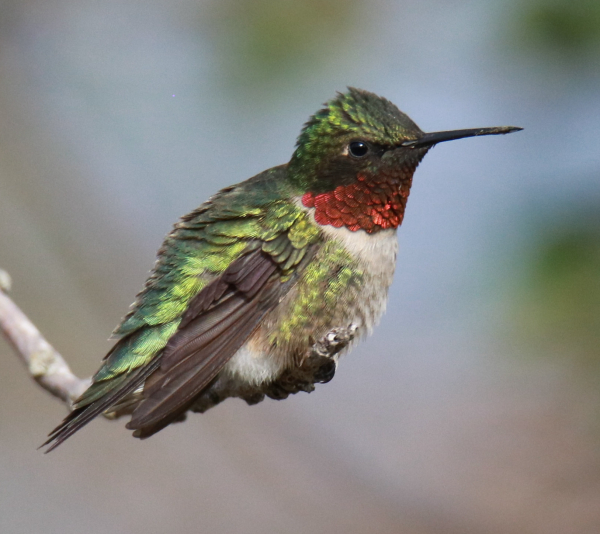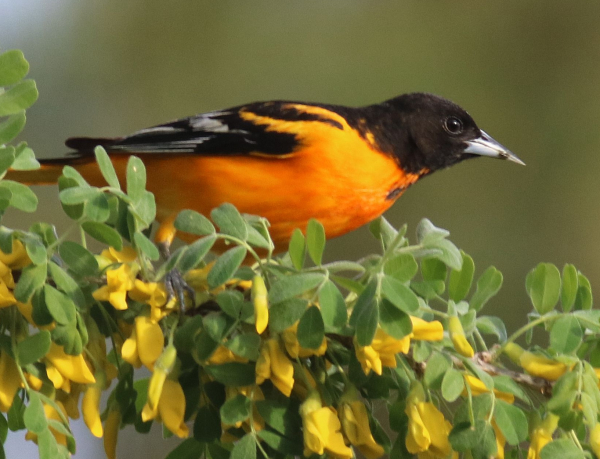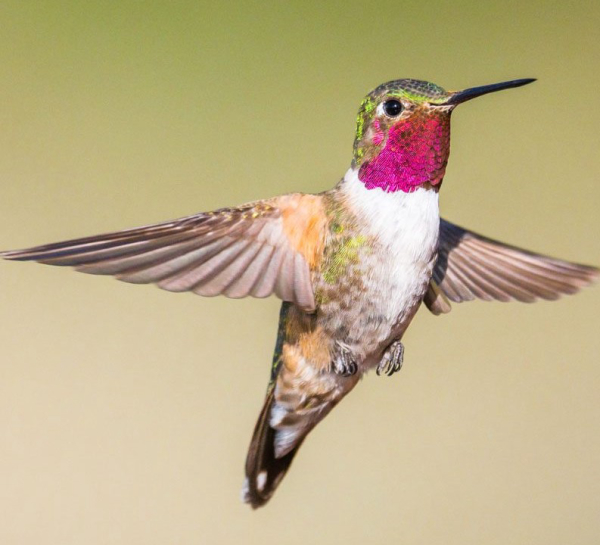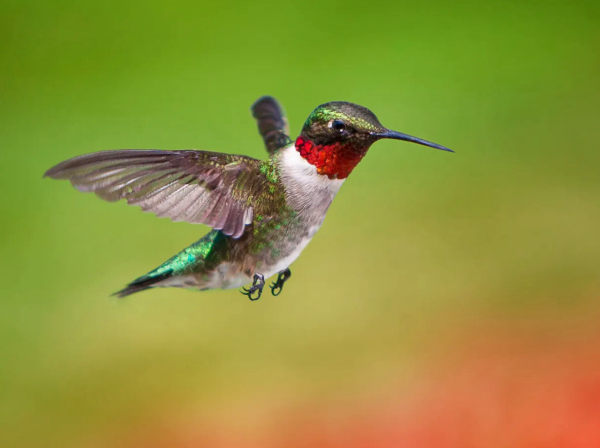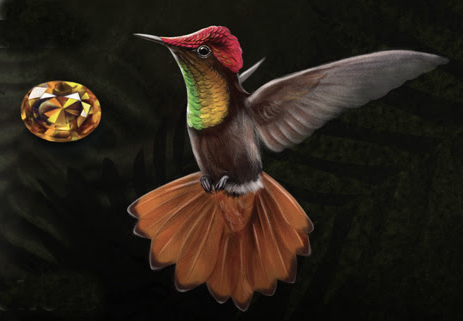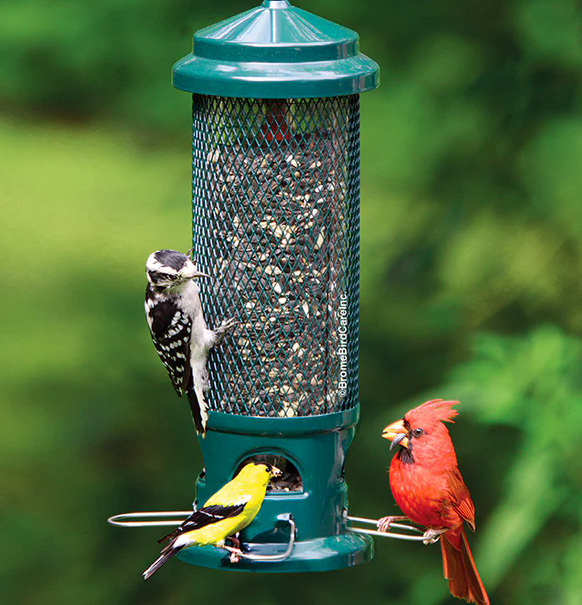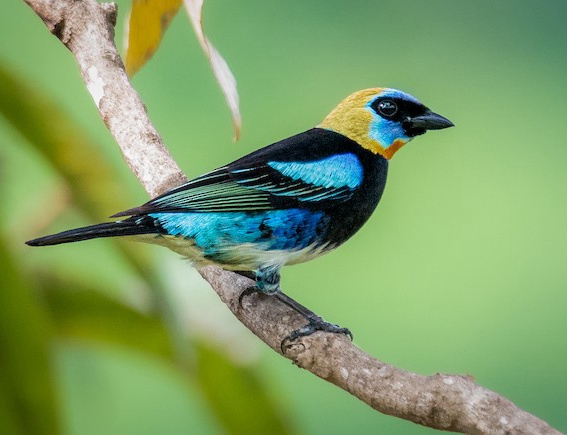Hummingbird Mania
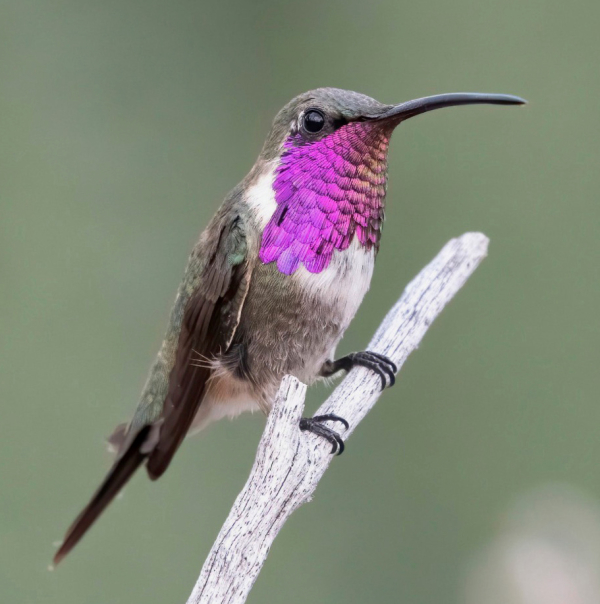
We imagine that you get excited when you see a Rufous Hummingbird, or a Calliope Hummingbird – we do! Just a quick look at one of these species will make our day, maybe our year. But imagine a scene with the above species along with Broad-tailed and Black-throated Hummingbirds in a continuous feeding frenzy, and then a rare Lucifer Hummingbird flies into view. A link to a remarkable video is included here for you to be astonished – that’s right, get ready to be astonished by the action in this video at https://youtu.be/zOet2wbCwR8
After taking an initial look, you may think, “they should provide more than 1 feeder – no wonder so many hummingbirds are gathered around this one.” But there are 20 other feeders at this site in far west Texas, and the live cam host shared that the action at all 21 feeders was just as busy as the one with the live cam directed at it.
Due to hot temperatures and drought at a peak migration period that kept the variety of hummingbirds coming to the feeders in remarkable numbers.
The exciting 15 minute video was taken on the live cam feed on August 8th, and one thing to keep in mind is that you can stop the video at any point to view a still image of the birds on the screen. Just move your cursor to the bottom of the video and a bar will appear, and on the left side you can click the arrow, which will allow you to stop, forward, or reverse the video for as long as you wish to study the hummingbirds, count them, and identify them.
Live Cam, I.D. Tips, and Feeding Information
You can also watch the action at the West Texas hummingbird feeder live at West Texas Feeders | Cornell Lab Bird Cams Cornell Lab Bird Cams (allaboutbirds.org) where you can also get more information about the hummingbirds you see on the live camera feed, including tips on how to identify the different species. You can likewise view pre-recorded video highlights from recent days. The West Texas Feeder Cam and the associated information is provided by the Cornell Lab of Ornithology and is powered by Perky-Pet, a company that specializes in quality birding equipment company – Perky-Pet also provides all the feeders at this interesting birding site.
The West Texas Feeder Cam is located in the Davis Mountains outside Fort Davis, Texas, at an elevation just above 5,500 feet. During peak hummingbird migration this site can attract hundreds of hummingbirds including up to 12 species that are migrating through the arid mountains. Some other common birds you may hear vocalizing in the live cam and video highlights include Acorn Woodpeckers, Woodhouse’s Scrub Jays, and Bewick’s Wrens among others. During winter, the live cam hosts install a more traditional bird feeder setup that attracts species like Pine Siskins, Ladder-backed Woodpeckers, and more.
Thanks also to West Texas Avian Research for their enthusiasm and support for hosting the camera at this remote research site. For more than 10 years, researchers from West Texas Avian Research have been banding hummingbirds at this site and other locations throughout the Trans-Pecos region of Texas to study the status and distribution of hummingbirds throughout the region.
The Davis Mountains Hummingbird Celebration took place in this area August 17 thru 20, and if the video and information about this area makes you want to visit, you can always begin to plan for next year’s festival to witness these and other birds in person. In the meantime, keep your nectar filled and fresh, and your feeders clean, and enjoy the hummingbird migration in your area.
Share your backyard birding experiences and photographs with The Birding Wire at editorstbw2@gmail.com

